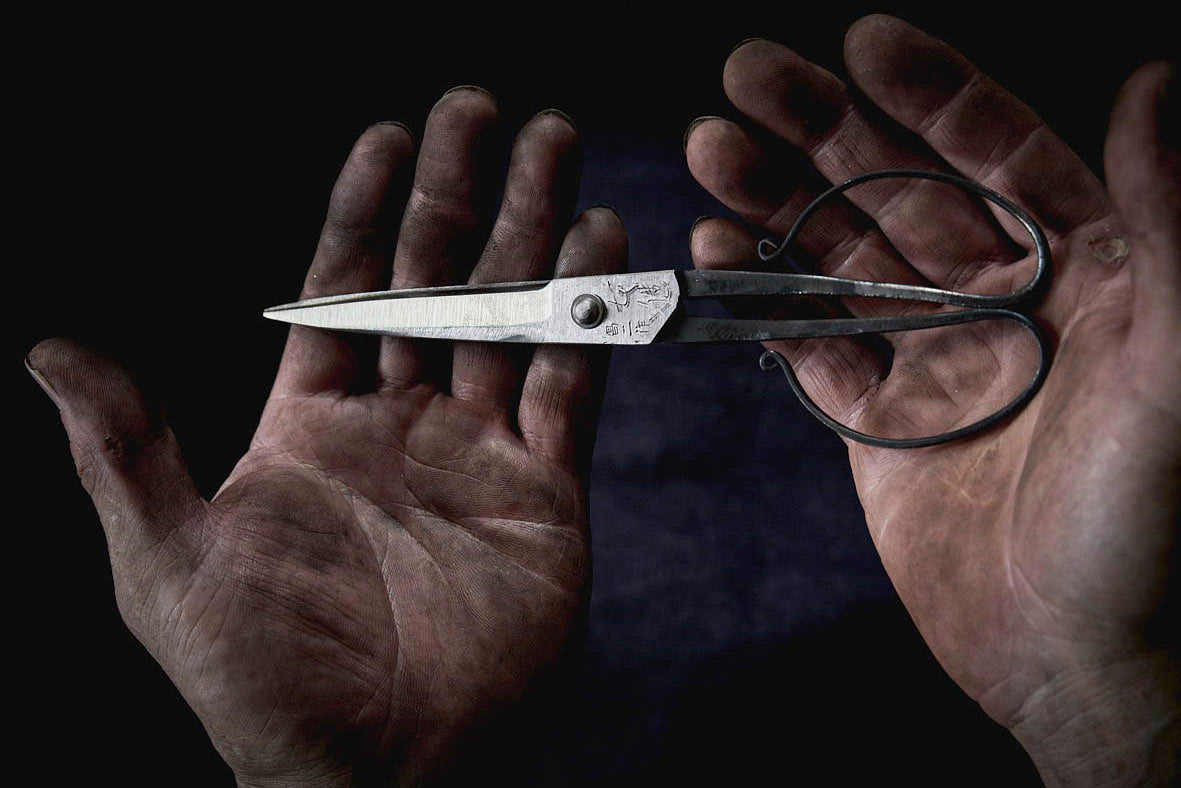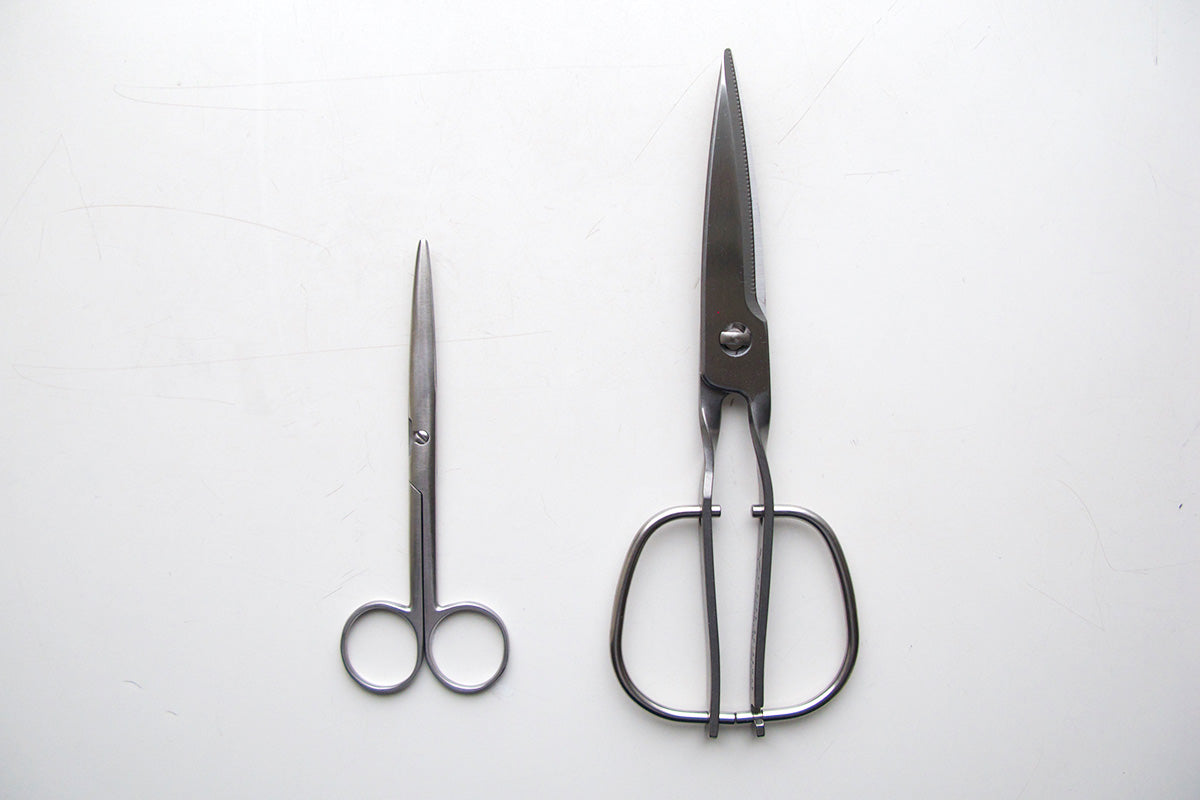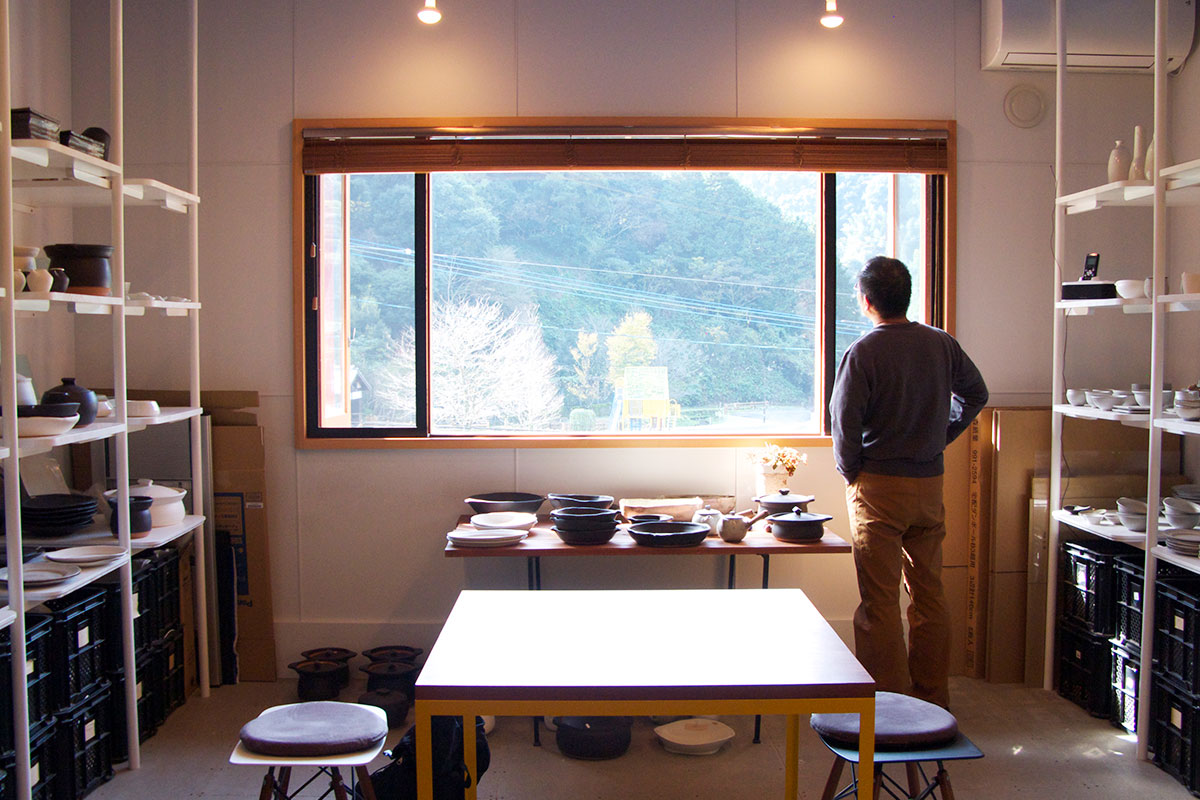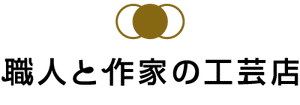
The History of Tane Scissors
In 1543, a Portuguese ship drifted ashore on Tanegashima, bringing with it firearms, and at the same time, blacksmiths from the Tang Dynasty on board passed on the technology to make central-fulcrum scissors to the island's blacksmiths.Tanegashima has long been famous for its high-quality iron sand, and swordsmiths from all over Japan migrated to the island in search of high-quality iron, and many skilled craftsmen lived on the island, competing with each other in the art of forging. In this way, they began making scissors in addition to sword and gun manufacturing, and after the sword ban was lifted, scissors became their main business, and eventually became a traditional industry on the island.
Until the early Showa period, many blacksmiths would ring out the sounds of their hammers early in the morning, but as time passed, the sounds of hammering disappeared. Now, only one shop, Umekimototane Scissors Factory, still makes scissors by hand, using the traditional technique of forging steel (forge welding), inherited from swordsmiths.
On this page, we will introduce the production scene at Umekimoto Tanegashima Scissors Factory, which could not be included on the product introduction page.
Click here for the product page of this seed scissors
 [From the left: 4-inch, 5-inch, 6-inch, 7-inch, and 8-inch genuine seed scissors]
[From the left: 4-inch, 5-inch, 6-inch, 7-inch, and 8-inch genuine seed scissors] 




















